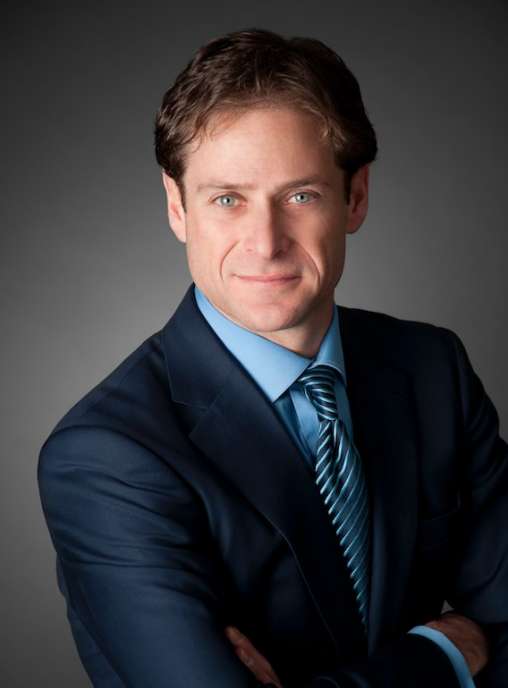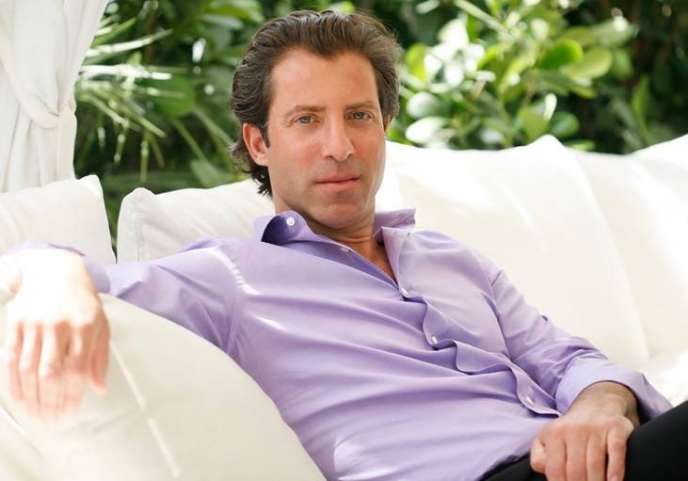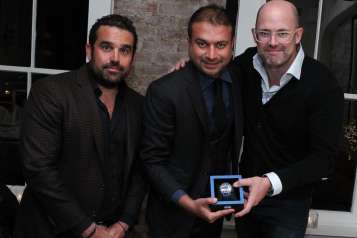MANHATTAN AND BEYOND: JONATHAN SIMON AND MATTHEW BARON
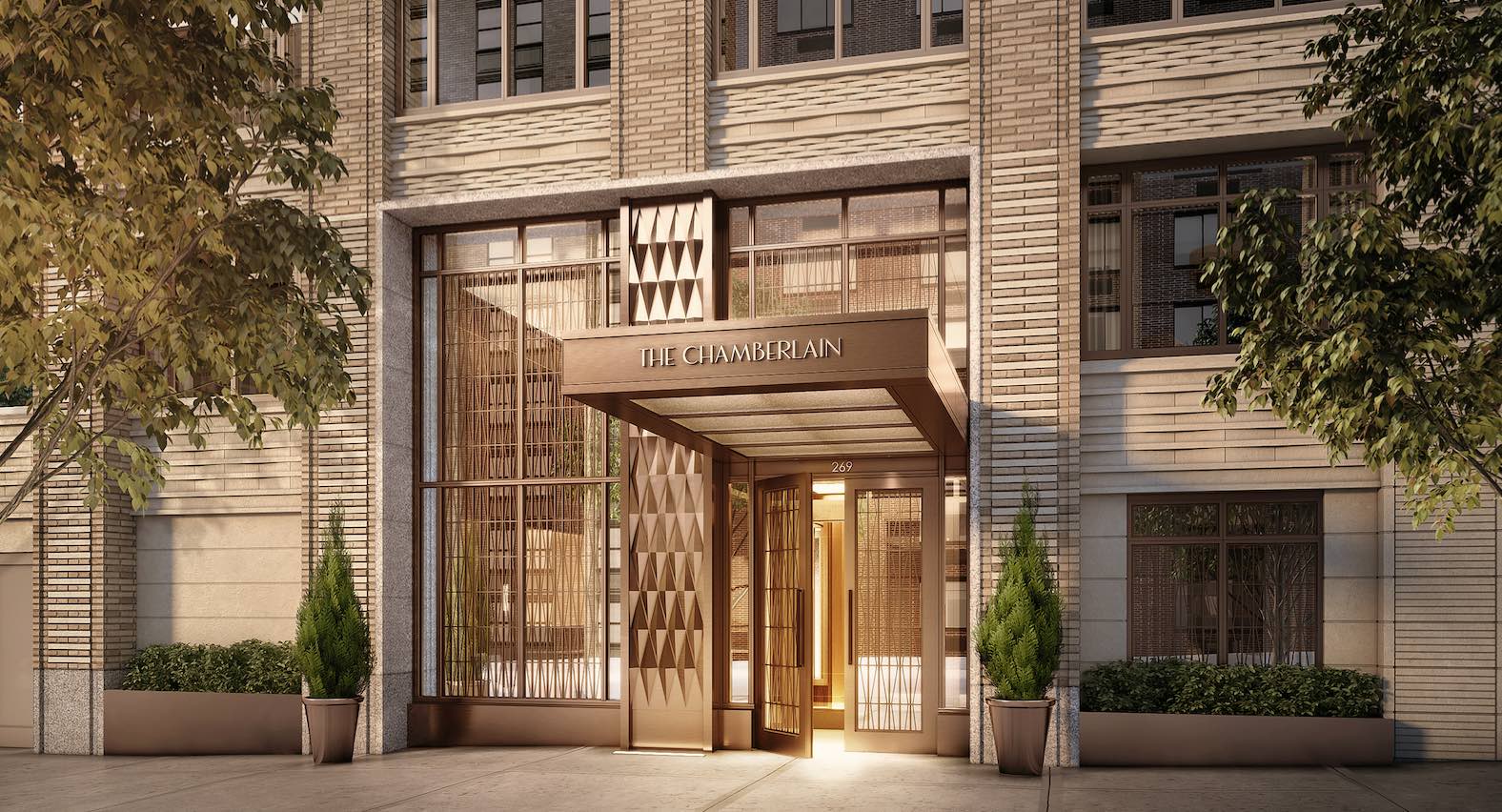
Photo Credit: Rendering by Williams New York
Simon Baron, a firm controlling over $1.7 billion of real estate in New York City and surrounding areas, is currently the most active developer in Long Island City. Here, Matthew Baron shares his thoughts on the current market.
What’s your latest project and what makes it unique in the hyper-competitive New York market?
We are developing two condo projects in Manhattan. The Chamberlain, at 269 West 87th Street, is a high-end construction project in an area with little to no new construction. Because of our basis in the property, we are going to be able to offer luxury at a relative value to most other projects, which I think will be exceptional in that area. The other project is a conversion of a Rosario Candela building just off Fifth Avenue on the Upper East Side in the 80s. Both buildings have interiors by Alexandra Champalimaud and are going to be gorgeous.
There’s been a softening of very high-end residential sales this year. Will this continue or do you predict an uptick?
We are still seeing activity, and we believe quality projects that are priced and located well will still do well in this market.
Foreign money has fueled the New York real estate market in recent years. Will it going forward?
We are continuing to see activity from foreign capital. I don’t know of any untapped markets, as the (New York) market has become so global that it seems everyone has access to it these days.
What do you predict will be the next hot area in residential real estate, even if it’s an established neighborhood that becomes newly popular?
We really like Long Island City, even though I don’t think it’s a new area anymore. We are also focused on Greenpoint, but from a commercial and retail perspective.
What types of high-end properties do you feel will see the greatest appreciation in the next several years, and where will they be located?
Long Island City and Greenpoint still have a lot of room for growth, although it’s harder to say what happens in the near term. We also really like established areas like the Upper West Side, where barriers to entry are high because of landmarks, etc. Honestly, we are big believers in New York City in general, and I think long term you could almost choose any area and do well.
MODERN HISTORY: VERONICA MAINETTI
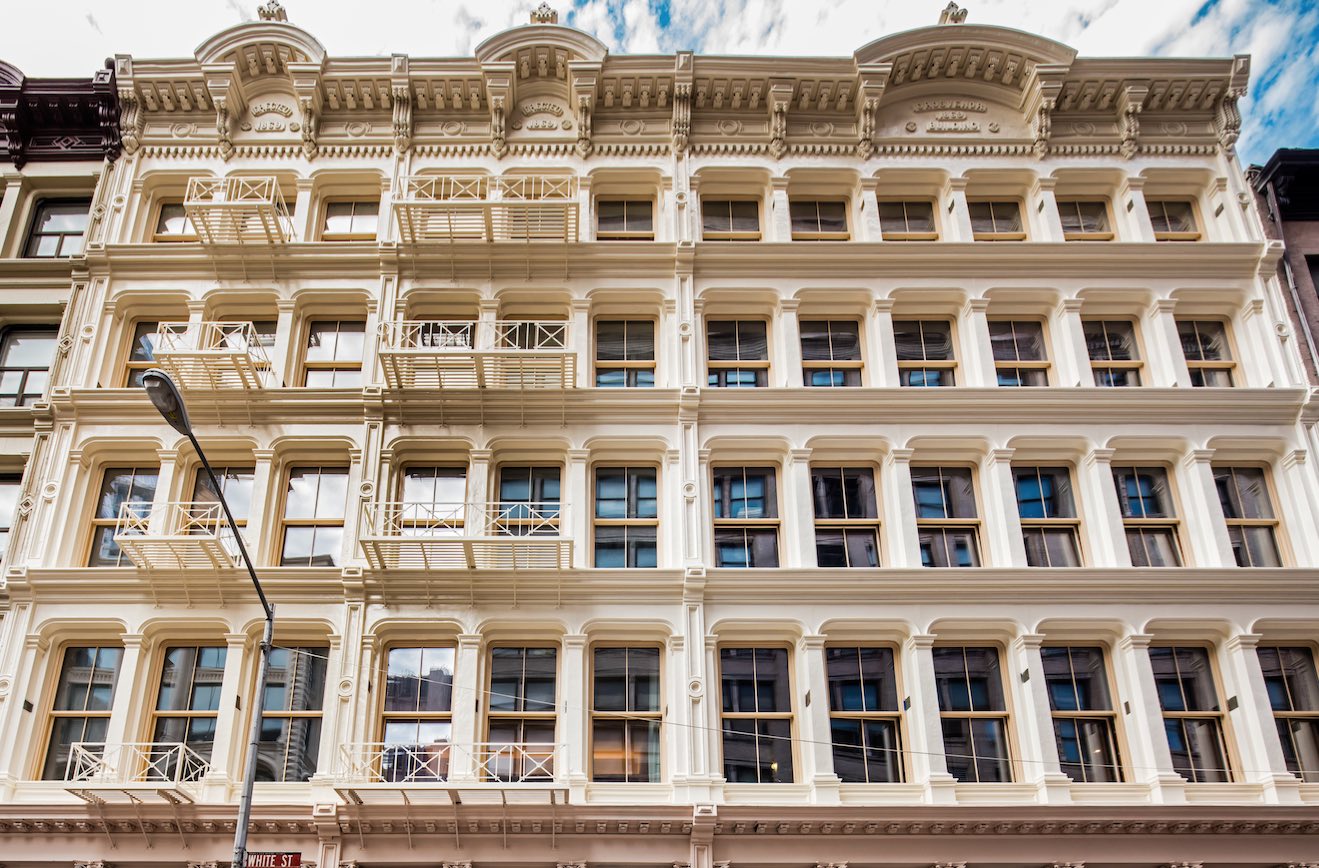
Veronica Mainetti, president of the Sorgente Group of America, is known for her passion for sustainability in preserving and restoring historic properties. A major player and one of the most prominent women developers in New York real estate, Mainetti owns the majority stake in the Flatiron Building.
Tell us about your latest project and what makes it unique to the hyper-competitive New York market.
Giglio on White, at 60 White Street in TriBeCa, not only preserves the past by bringing back three beautiful facades as they appeared in 1869, but it also has a layer of sustainability that takes the building to a whole other level. From reclaiming its fascinating bone structure to the reclamation of materials from 300-year-old barns to be used within, we were able to breathe even more history into the project. When it comes to energy efficiency, we tried to design Giglio on White like a Thermos bottle. We did so by building a very high and tight insulation envelope, starting with the incredible triple-pane passive house windows—the first of their kind to be approved by the Landmarks Commission. So 60 White stands to be as sustainable as it is iconic.
There’s been a softening of very high-end residential sales this year. Will this continue or do you predict an uptick?
With the many high-end-luxury products that have come to market over the last few quarters, buyers have had more choices available to them. I am optimistic about the market in general and believe that buildings which have more to offer will see an uptick in sales.
Foreign money has fueled the New York real estate market in recent years. Will it going forward?
Given today’s up and downs in the international financial markets, the brick is one of the safest investments available. With the political instability and economic fluctuations outside the U.S., foreign opinion of the American real estate market as a solid investment should keep demand strong.
What do you predict will be the next hot area in residential real estate, even if it’s an established neighborhood that becomes newly popular?
The Flatiron District.
RETHINKING THE EAST SIDE: BILL O’CONNOR
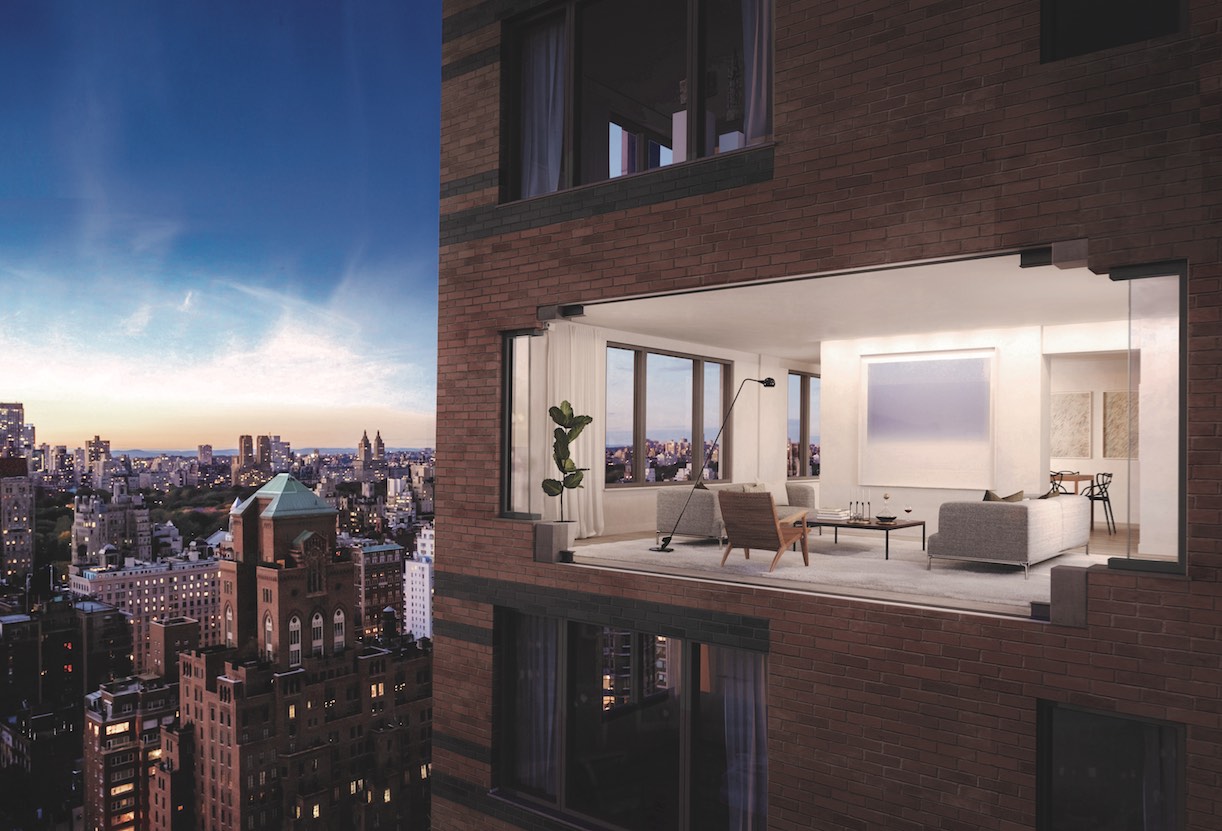
Photo Credit: Colin Miller
Bill O’Connor is CEO of O’Connor Capital Partners, a New York–based institutional real estate investment, management, and development firm. Since its inception, the company has acquired or developed more than $30 billion worth of property, including over 55 million square feet of retail space and 30,000-plus residential units globally.
Tell us about your latest project and what makes it unique in the hyper-competitive New York market.
200 East 62nd Street stands out in the market due to the blend of uptown and downtown sensibilities. We brought in architects Messana O’Rorke specifically to help unearth the modernist sensibility that already existed within the building. The idea was to unite the best of both worlds and create homes that appealed to a wide variety of buyers.
There’s been a softening of very high-end residential sales this year. Will this continue or do you predict an uptick?
Sales in general are in line with the ten-year average. Sales above $5 million are still well above average but down 27 percent from the peak seen last year. Full-year 2016 sales are forecasted to be less than the total in 2015 but well above the average.
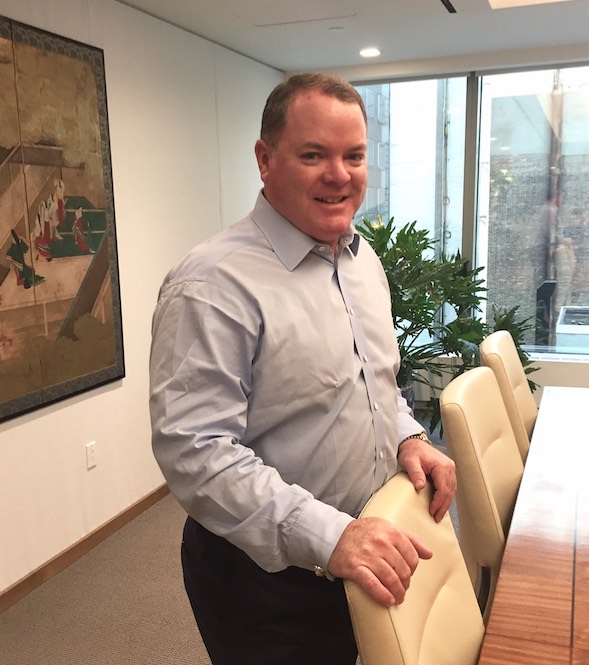
Foreign money has fueled the New York real estate market for the last five or so years. Do you think this will continue?
The large majority of sales in Manhattan are to domestic purchasers, and most already own property in New York or live and work here. In the past year, about a quarter of sales have been to international buyers, on par with the year before. About half of those buyers are from the Asia Pacific region, with mainland China taking the largest share. Europe, South America, and the Middle East split the other half fairly equally. We have seen strong interest from South American buyers at 200 East 62nd Street.
What do you predict will be the next hot area in residential real estate?
There is a great focus on the more eastern parts of the Upper East Side. The introduction of the Second Avenue subway should lead to a revitalization and increased demand on the East Side. Prices have not appreciated to the same extent as other areas in the past ten years. For example, West Chelsea has enjoyed a 98 percent price growth thanks to the High Line over the past decade, while the Upper East Side grew 40 percent during the same time. I believe there is definitely a potential investment upside with this major infrastructure improvement.
What types of high-end properties do you feel will see the greatest appreciation in the next several years, and where will they be located?
New developments with the right price and mix for their location are performing solidly. Historical annual price appreciation suggests market-wide price appreciation in the two- to six-percent range. Segments of the market that are in high demand yet are underserved and undersupplied will see above-average price appreciation. For example, the core area of the Upper East Side has a limited new-development pipeline compared to its market share of historical introductions in the past ten years.
BUILDING IN THE VILLAGE: BILLY MACKLOWE
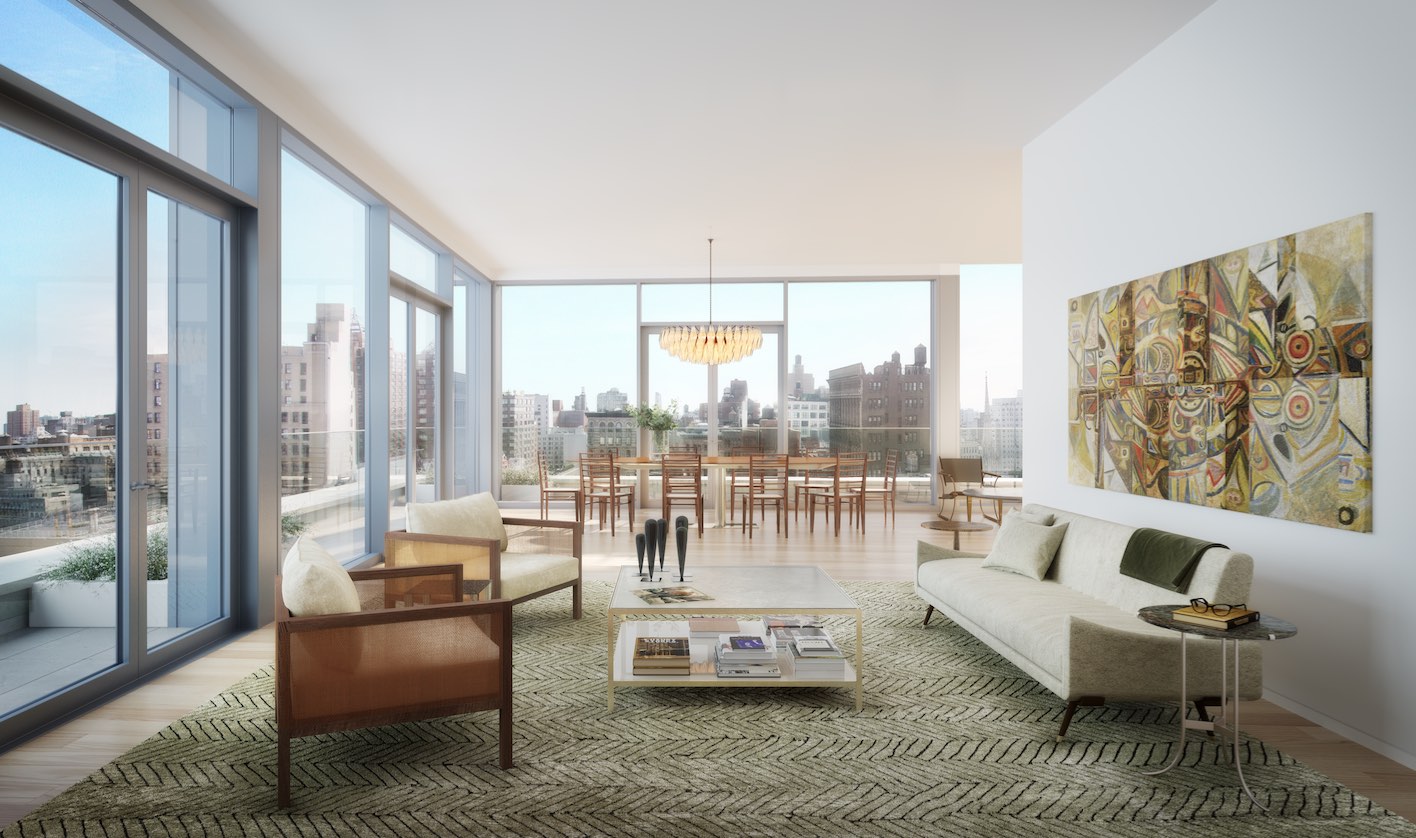
Photo Credit: Wordsearch
Prior to founding the William Macklowe Company, Billy Macklowe was CEO of Macklowe Properties, owned by his father, mega-developer Harry Macklowe.
Tell us about your latest project and what makes it unique in the hyper-competitive New York market.
We are currently developing a terrific building in what continues to be one of the best and most sought-after neighborhoods in Manhattan. Located at 21 East 12th Street, it’s one of the few new, purpose-built, ground-up construction projects to grace the Greenwich Village skyline in many years, and we have already seen tremendous activity. The building’s design, development team, amenity package, and A-plus location make for a unique proposition. Selldorf Architects created both generously proportioned and contemporary layouts with ample wall space for art. We wanted the building to complement the existing architecture in the neighborhood, which we feel we’ve been able to accomplish.
There’s been a softening of very high-end residential sales this year. Will this continue or do you predict an uptick?
We view the current state of play as being a bifurcated market where there is super luxury and luxury product. There remains a significant depth of qualified and ready buyers who are purchasing well-located homes that are appropriately priced.
Foreign money has fueled the New York real estate market for the last five or so years. Will it going
forward?
New York City is the financial capital of the world. For several years now the market has enjoyed a diversity of capital inflows that have supplemented local demand. Though some of that money has moved to the sidelines, as mentioned, there still exists depth to the local buyer. With steady sales at 21 East 12th Street, we have noticed strong interest from New York buyers and families in the neighborhood, which we expect to continue.
What do you predict will be the next hot area in residential real estate, even if it’s a long-established neighborhood that becomes newly popular?
There is a lot of activity on the Upper East Side, especially with the Second Avenue subway near completion, new restaurants, better retail, and great overall value to be had.
HISTORIC OPPORTUNITIES: JASON HALPERN
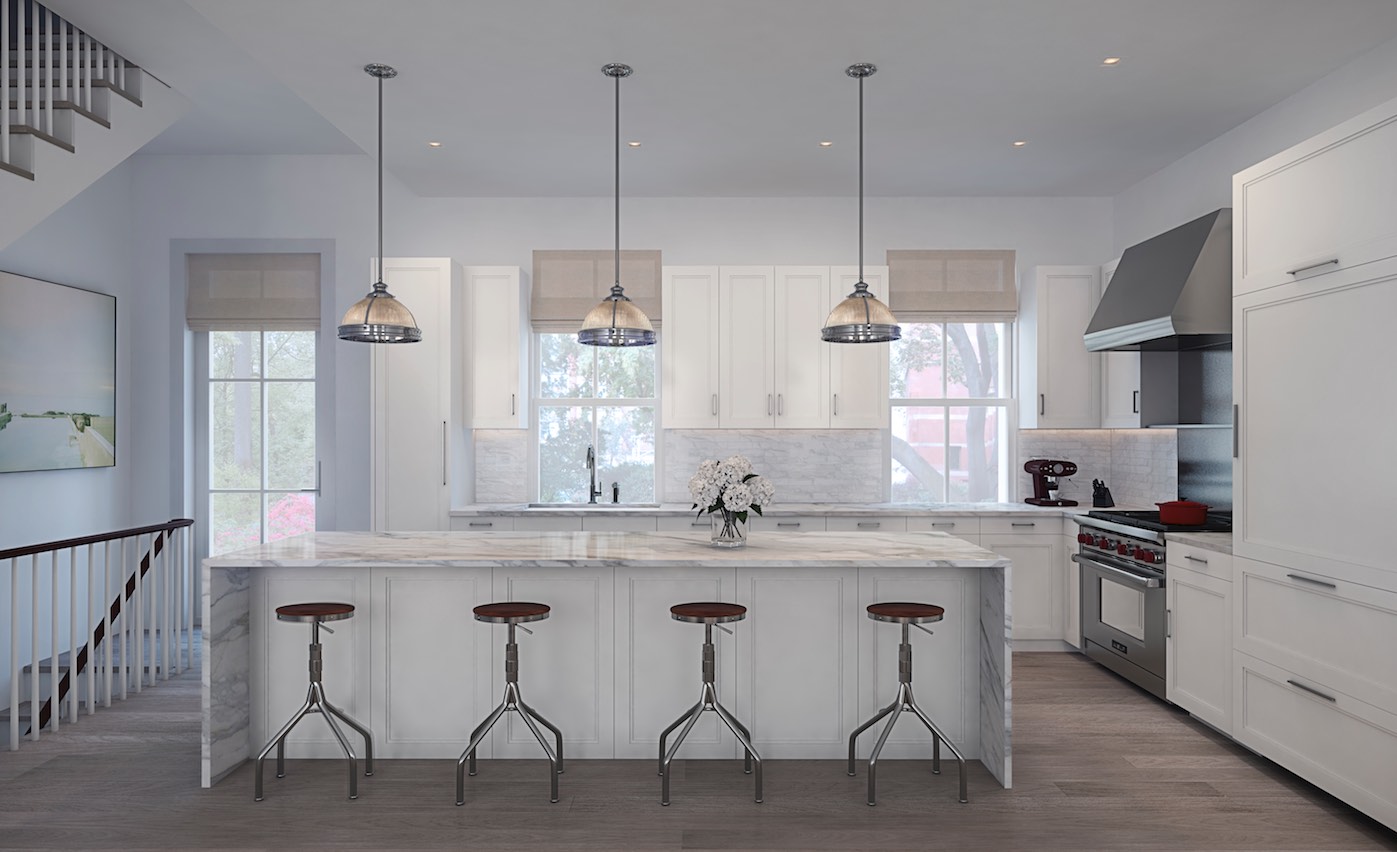
Photo Credit: JMH Development
Jason Halpern is founder and managing partner of JMH Development, a firm that develops and owns major residential and commercial properties in Manhattan, Brooklyn, Miami, and other parts of the United States.
Tell us about your latest project and what makes it unique in the hyper-competitive New York market.
Our latest project in New York is a boutique condo in Brooklyn Heights called 70 Henry Street. Brooklyn Heights is a landmarked neighborhood that is extremely difficult to develop, so we are adding some of the only new product in the market. We see a tremendous demand for turnkey, family-sized residences in this neighborhood.
There’s been a softening of very-high-end residential sales this year. Will this continue or do you predict an uptick?
There has been a softening at the very high end of the market; however, I believe that the market below über-luxury is still very healthy. If you build the right product, in the right location, at a reasonable overall price point, there are buyers.
Foreign money has fueled the New York real estate market for the past five or so years. Do you believe this will continue?
I think New York will always be an attractive place for foreign investors, and I believe foreign money will continue to come seeking trophy assets, although there may be a shift in where exactly it is coming from. Like New York, Miami also attracts foreign investment, and although there has been less money coming from Brazil than there has in years past, we are seeing an influx from other countries like Turkey and Mexico.
What do you predict will be the next hot area in residential real estate ?
Having pioneered the Williamsburg neighborhood, I am a big believer in Brooklyn and see continued growth in many neighborhoods, despite an overall slowdown in the market. Brooklyn has become a first-choice place to live for many, rather than a discount to Manhattan, and I believe that will only continue. We are now seeing the same buyers in Brooklyn Heights or Cobble Hill that we would see in the West Village or Tribeca, because they love the neighborhood character and lifestyle and are drawn to the schools.
What type of high-end properties and in what locations do you feel will see the greatest appreciation in the next several years?
In an overcrowded market, the prime neighborhoods that are geographically constrained and difficult to develop due to landmark restrictions will retain and continue to increase their value best. This includes areas like Brooklyn Heights and Cobble Hill, and the West Village in Manhattan. In Miami, this would be the sites on the sand, as there is a finite supply. Our niche is unlocking value in sites that are difficult to get approved or to develop because of their landmark or historic restriction. We plan to continue seeking these types of opportunities.










